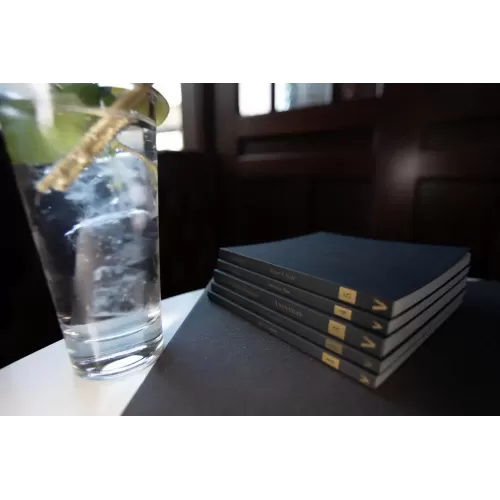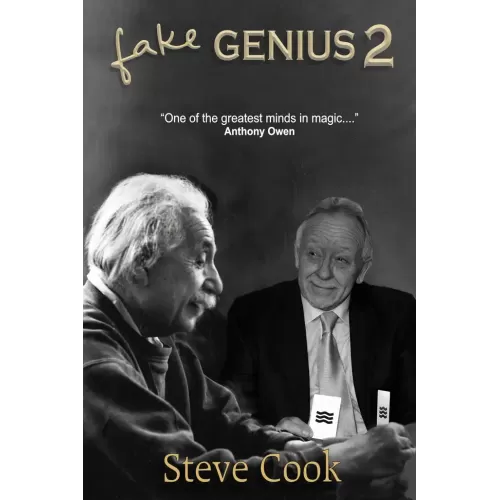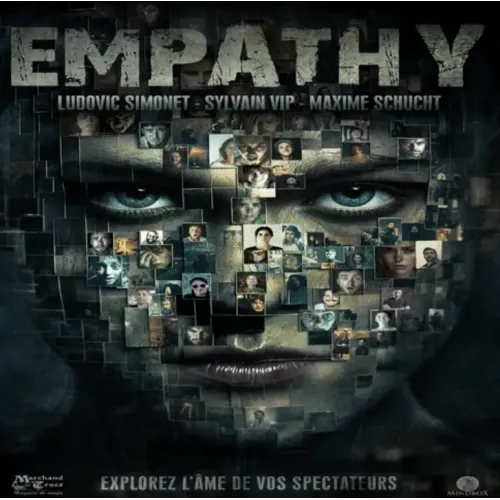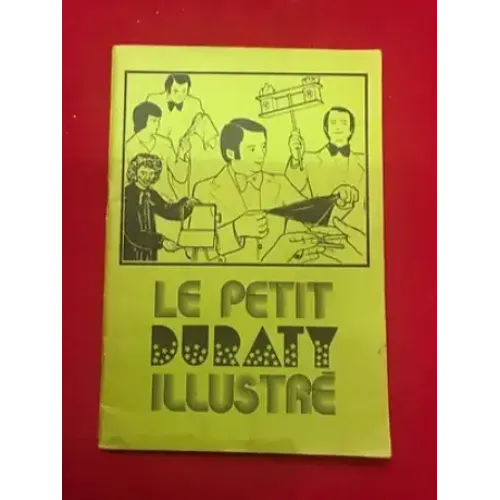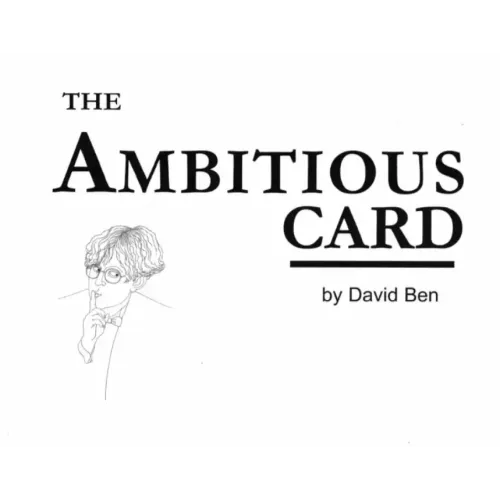Fake Genius 2 by Steve Cook
Original price was: $129.00.$17.99Current price is: $17.99.
Description
1st edition 1932
Neo-Magic is the foundation for all of Sharpe’s writing. Sharpe offers great insight into what makes magic magical. Starting with an analysis of art and its relationship to magic, Sharpe explores what he feels is needed for magic to become a fine art. He provides his insight into topics as originality, patter, styles of presentation, program construction, stage fright and others.
From the preface to the second edition:
What I have been doing over a considerable number of years is to find out, if possible, whether the answer to the question “Is conjuring a Fine Art?” should be “Yes” or “No,” I long since came to the conclusion that neither of these is the answer, whatever the subject concerned. The question is wrong. It should be – “Can conjuring (or whatever you are discussing) be a Fine Art?” The answer in this case being: “Only if the craftsman is himself a Fine Artist.” There is no such thing as a Fine Art per se. Not only must each specimen be considered individually; but the onlooker is incapable of assessing any work of art except by his own reactions to it. What seems to him a vulgar production may have been the artist’s supreme effort at creating beauty according to his own lights; and what overcomes the same onlooker with sudden glory may have been a mere “pot-boiler” to its maker, whose best work was on a much more esoteric plane. It all depends on one’s spiritual development.
PREFACE TO THE SECOND EDITIONACKNOWLEDGEMENTODE TO A MAGICIANINTRODUCTIONCHAPTER I. CONJURING AS A FINE ARTI. The Nature of ArtII. The Nature of ConjuringIII. Critical Objections to Conjuring as an ArtIV. ShowmanshipV. Order of Merit of Conjuring EffectsVI. PopularityCHAPTER II. GRADES OF ARTI. False ArtII. Formal ArtIII. Naturalistic ArtIV. Imaginative ArtV. Absolute or Abstract ConjuringCHAPTER III. THE ORIGINATORI. Conjurers ClassifiedII. OriginalityIII. Systematic Invention of Formal EffectsIV. Forms of AssistanceV. Analysis of Magical PlotsVI. New Dramatic PlotsVII. CopyrightCHAPTER IV. PATTERI. Types of PatterII. Narrative PatterIII. Composition of PatterIV. Making Magic ConvincingV. Complication and ClimaxVI. Tragedy and FarceVII. Comedy in ConjuringVIII.IX.CHAPTER V. THE CONJURERI. The Inventor and ManufacturerII. The Executive ConjurerIII. Desirable Qualities in a ConjurerIV. Mastering the CraftCHAPTER VI. PRODUCTIONI. Necessity of a ProducerII. AdvertisingIII. Styles of PresentationIV. The Magical SketchV. LogicVI.VII. ConsistencyVIII. Unfounded SuspicionIX. On Leaving the StageX. Dramatic TypesXI. Preparing Against a ContretempsCHAPTER VII. PRODUCTION (continued)I.II. AudiencesIII. Choice of ApparatusIV. More About AudiencesV. Order of EffectsVI. Surprise, Repetition and TransitionVII. Holding AttentionVIII. Separate Item v. Sequenced ProgrammeIX. Pattern ProgrammesX. IncidentalsCHAPTER VIII. PRODUCTION (continued)I. InterestII. Stage FrightIII. Emotional AppealIV. SceneV. Schools of ConjuringIV. The Legitimate Use of ApparatusCHAPTER IX. PRODUCTION (continued)I. ActionII. SoundIII. MusicCHAPTER X. THE CRITICI. Constructive CriticismII. Objects of CriticismIII ExposureIV. Magic and MusicV. Exposing Minor EffectsIV. Exposing Sleight of Hand and Stage MagicVII. Immunity of the ArtistVIII. Better ConjuringIX. Mediums of ExposureX. Conclusion
